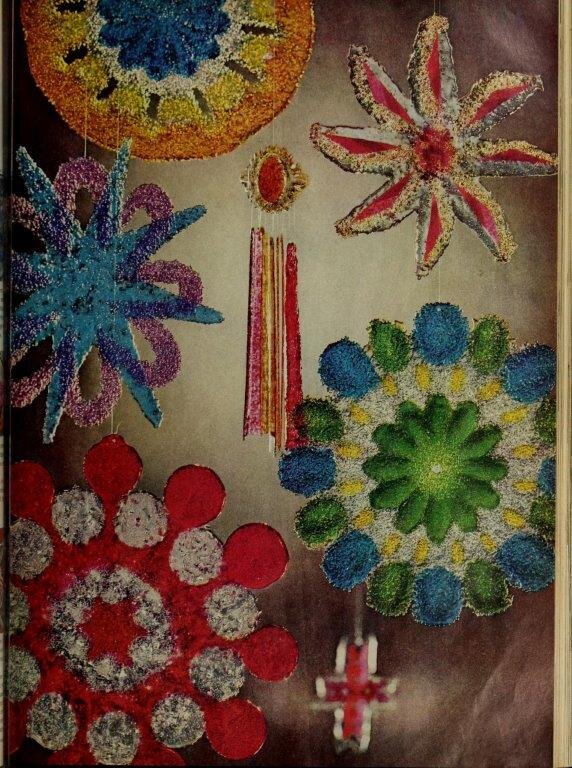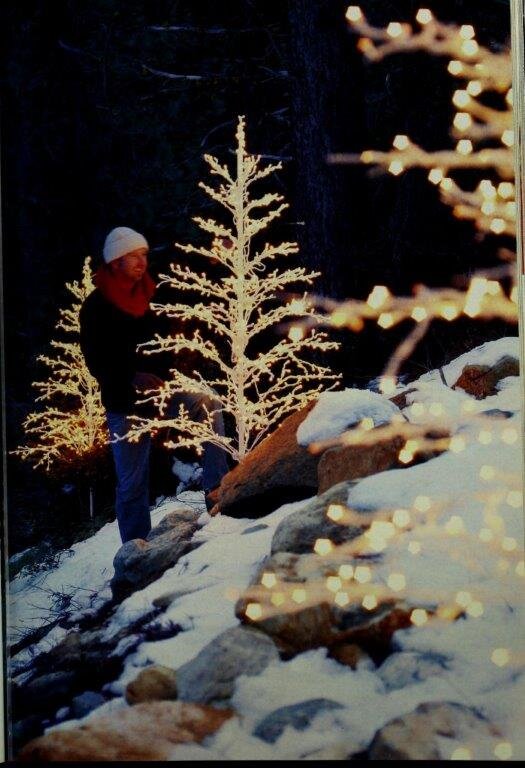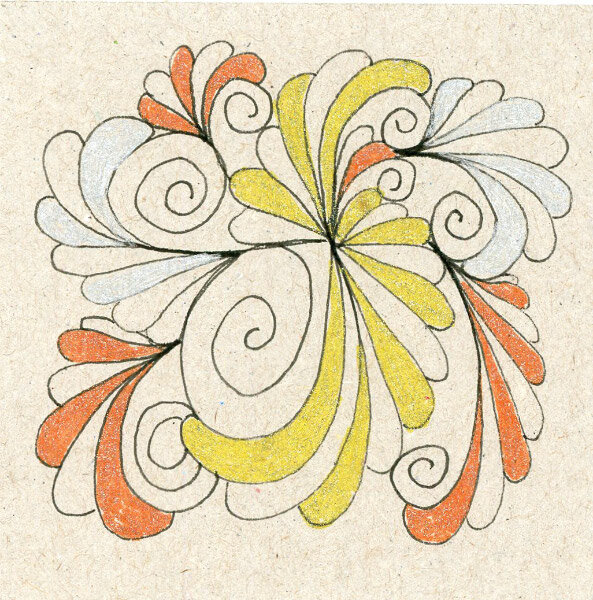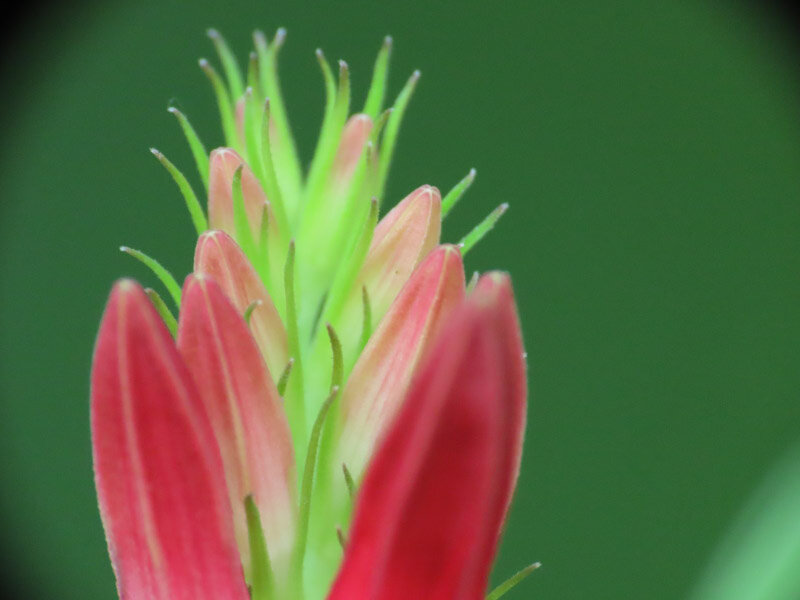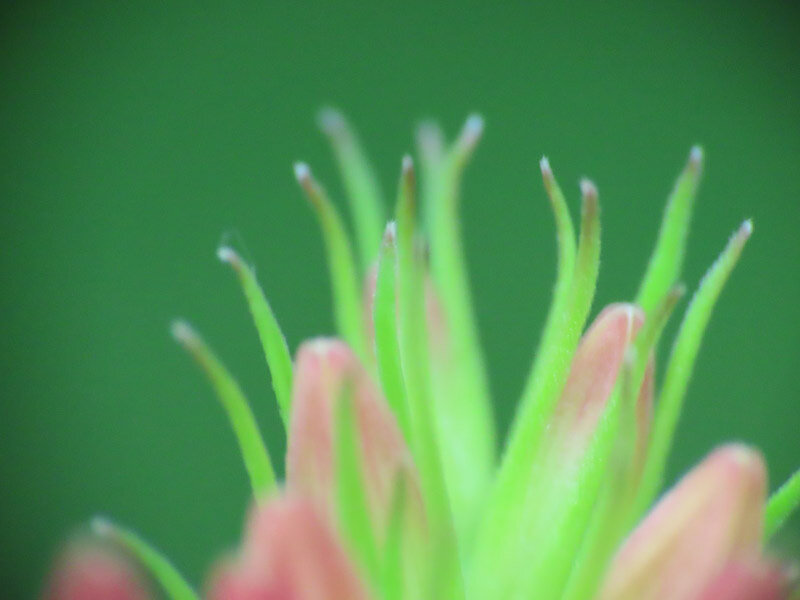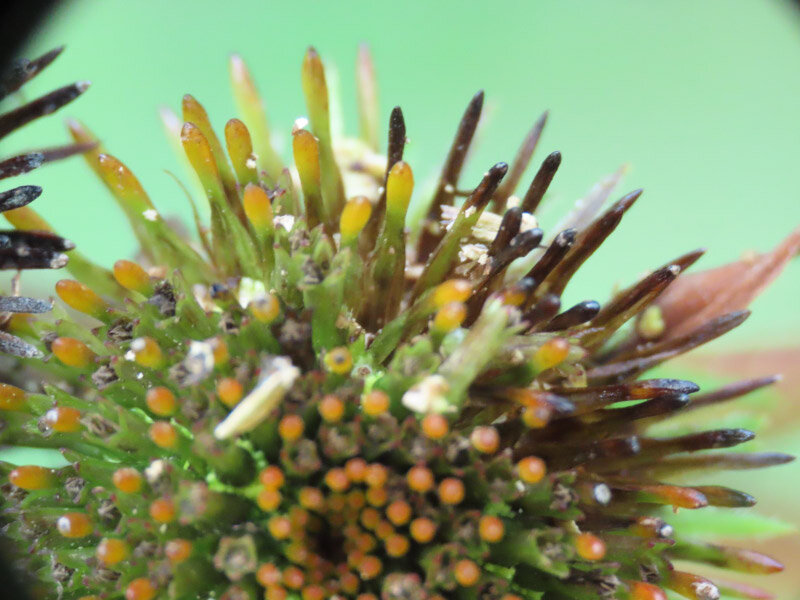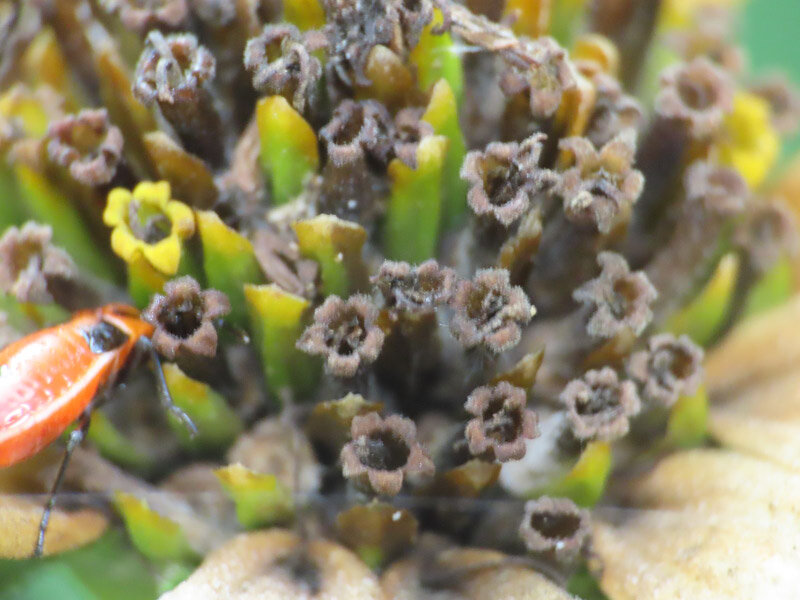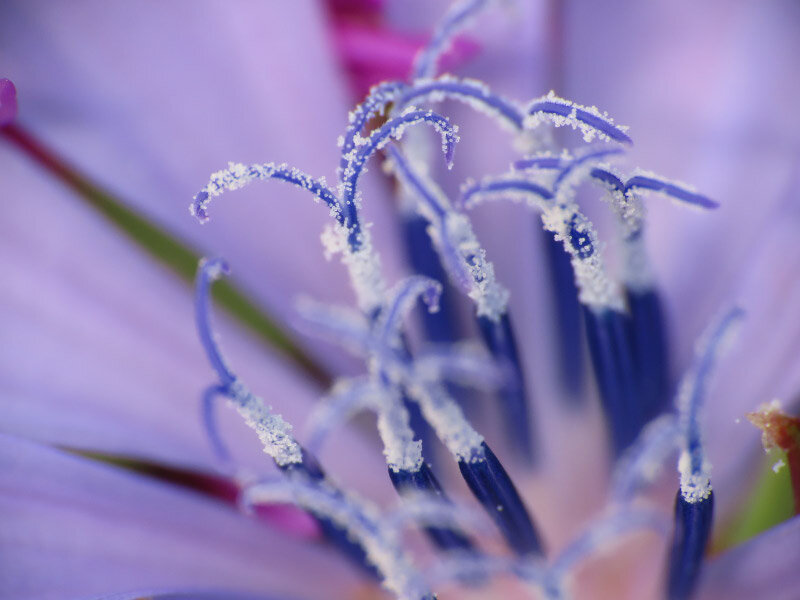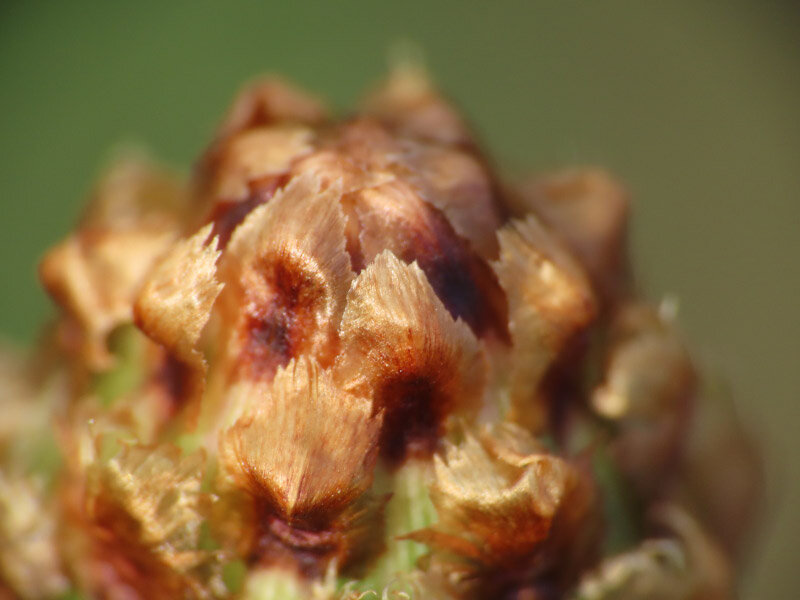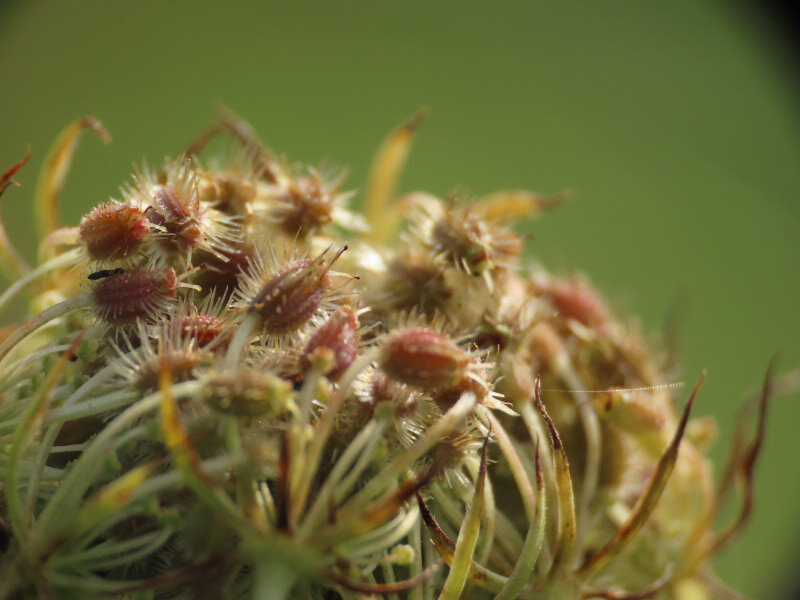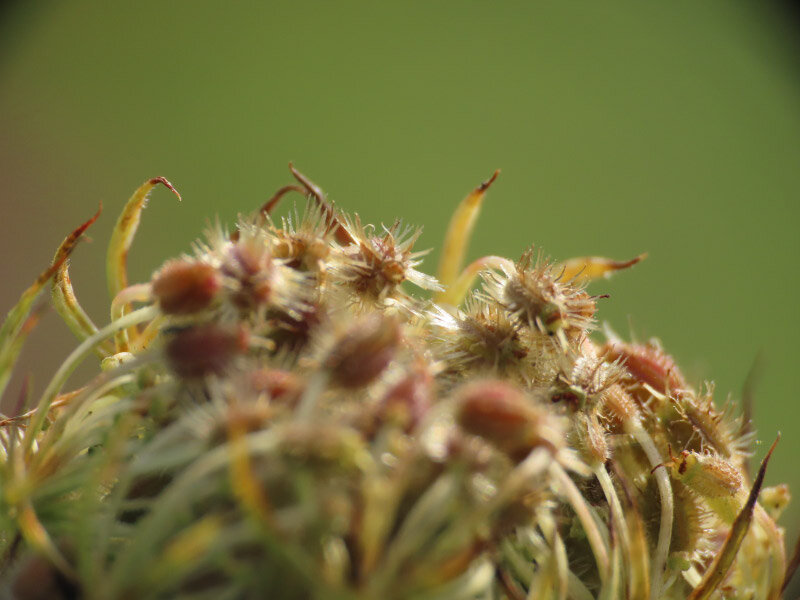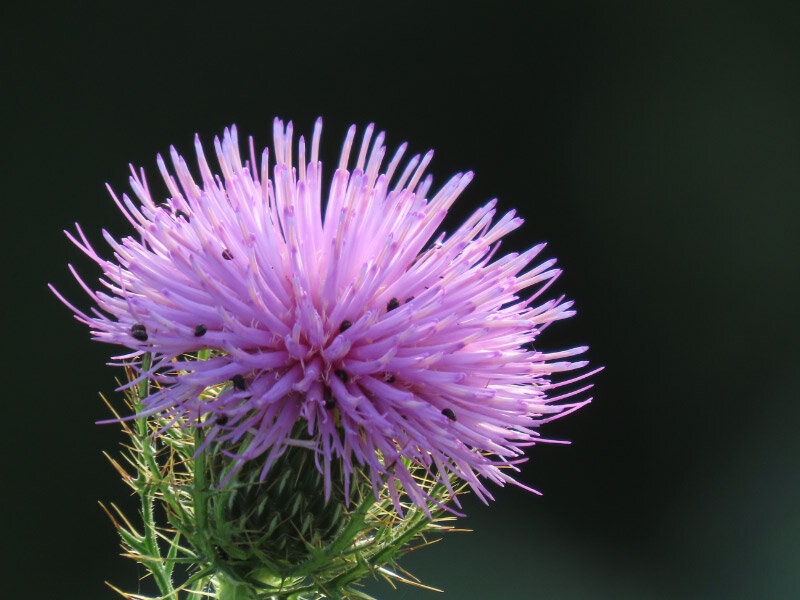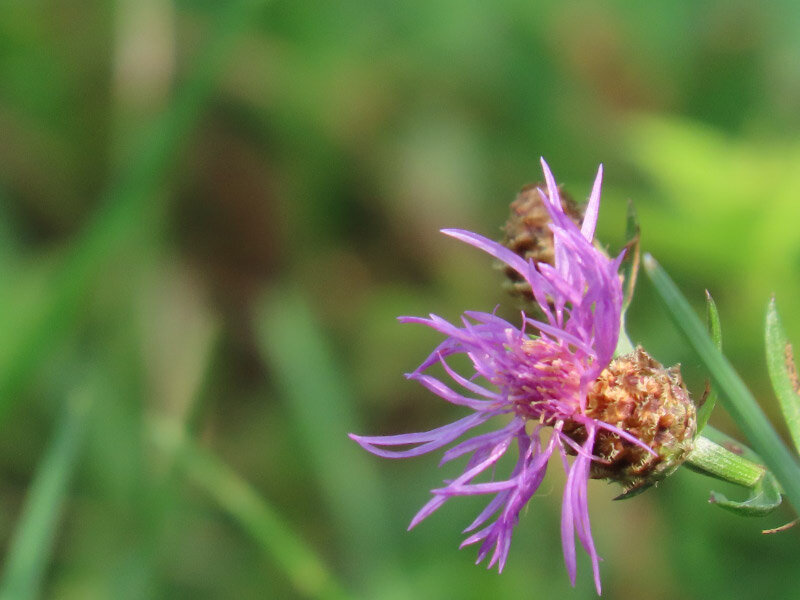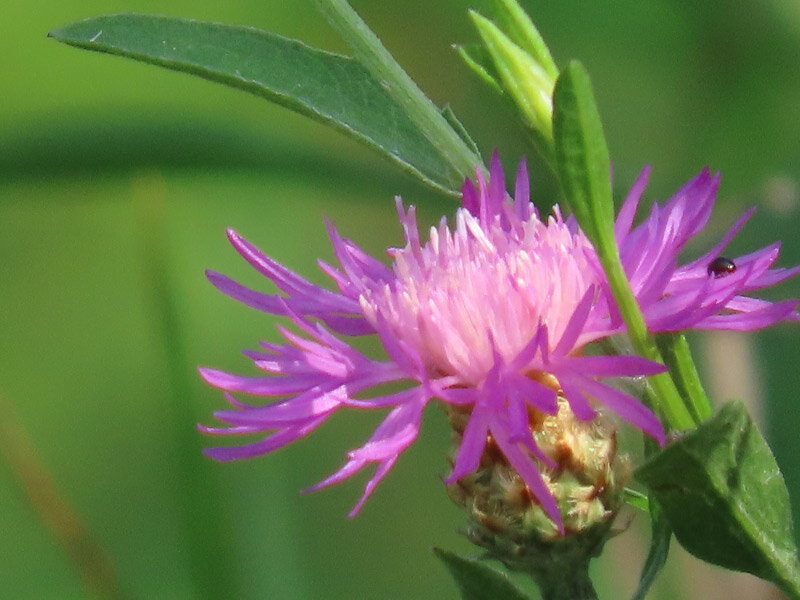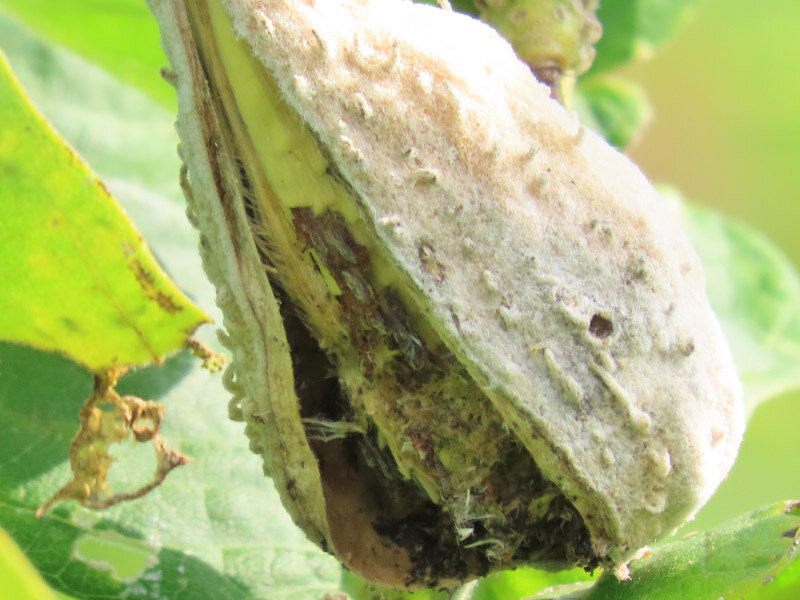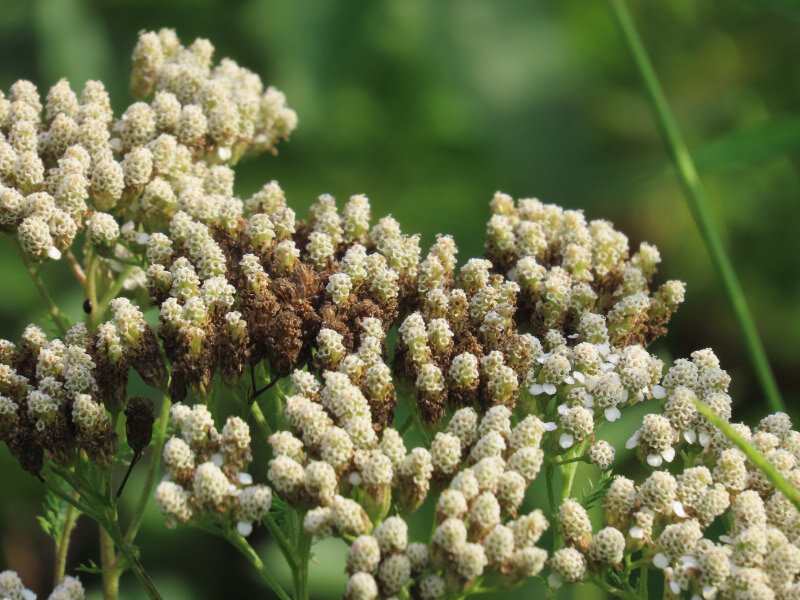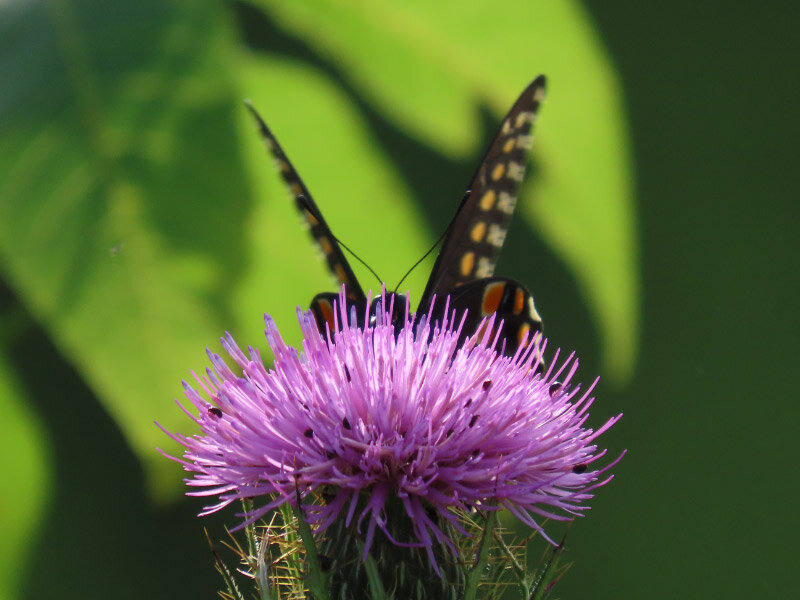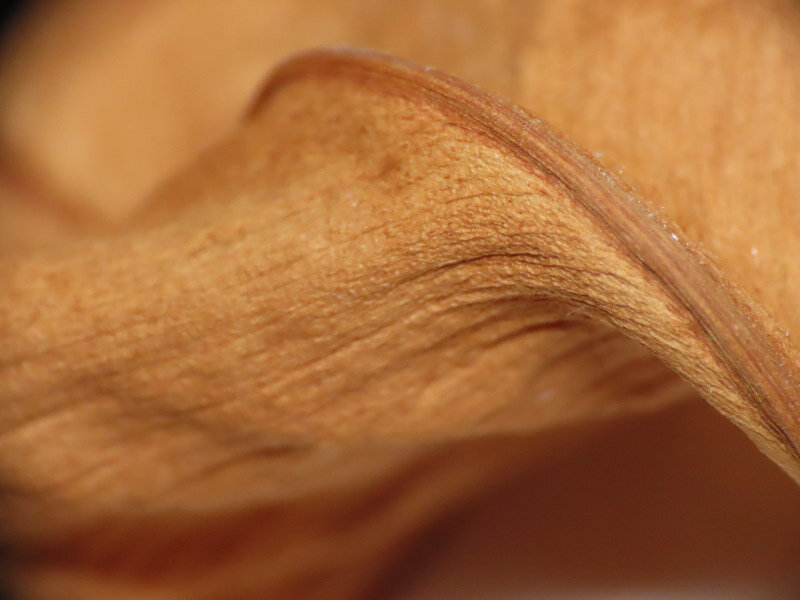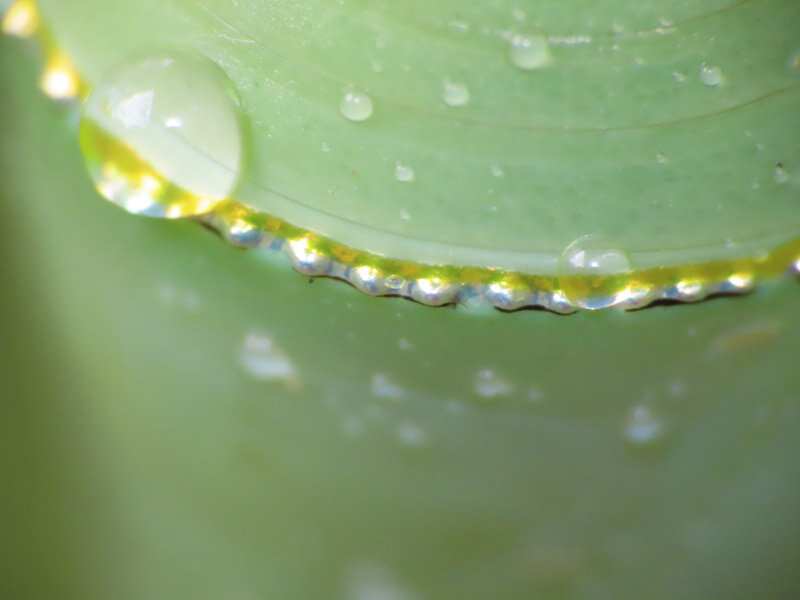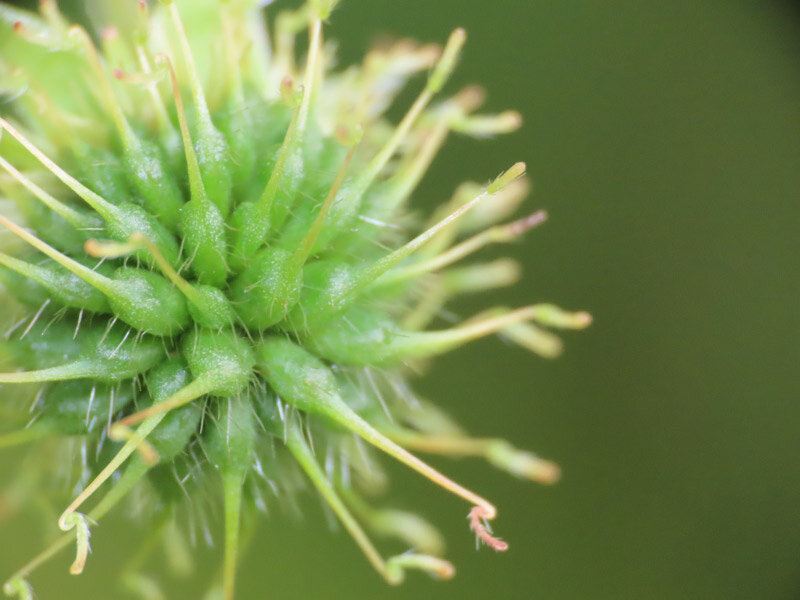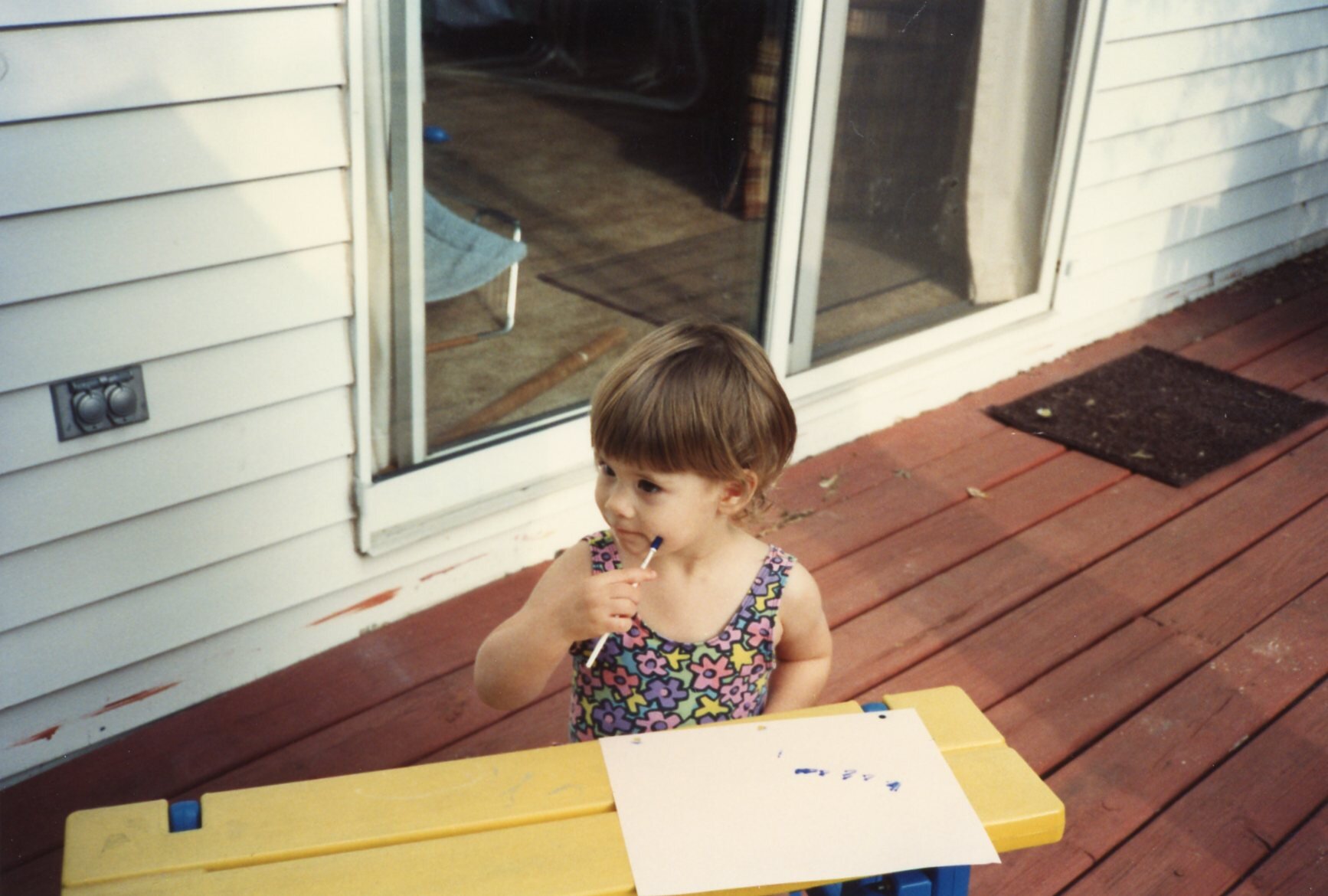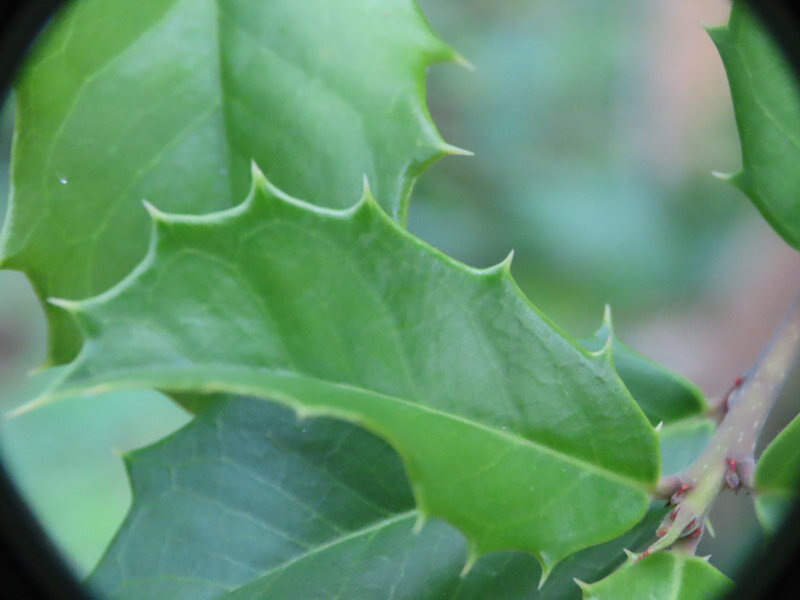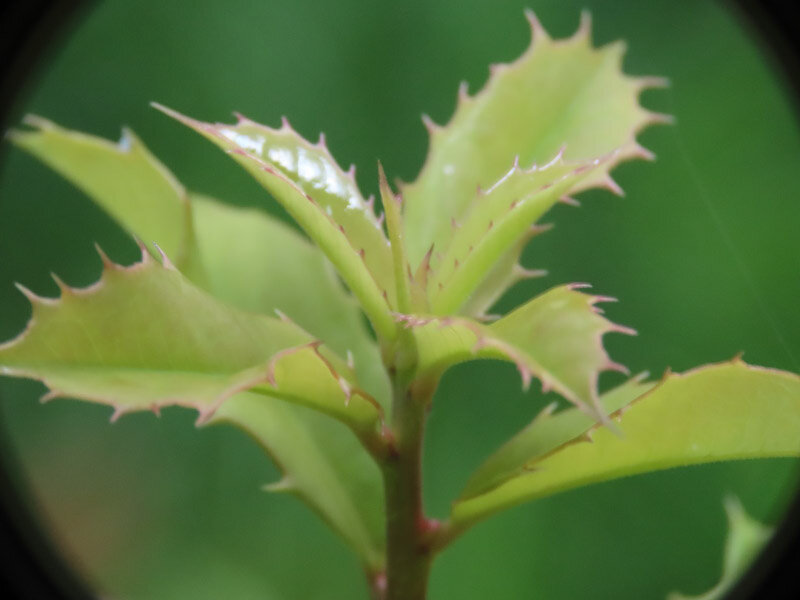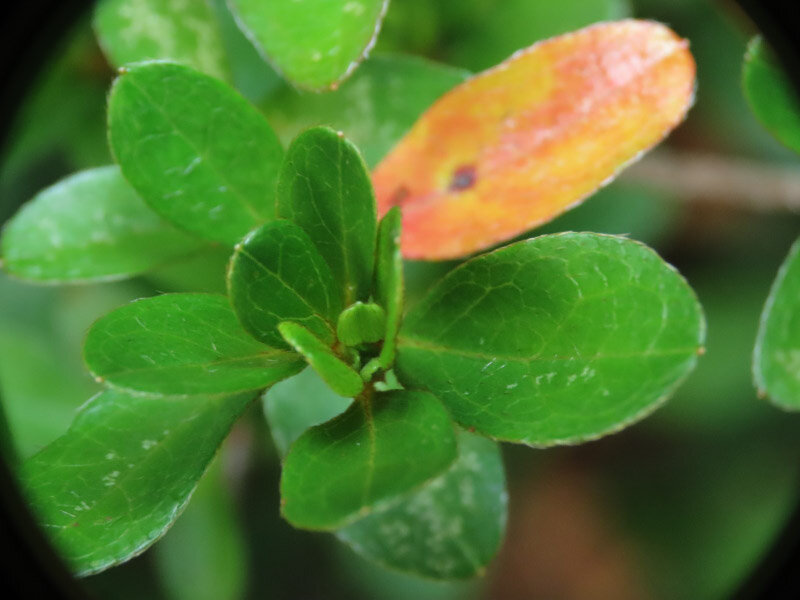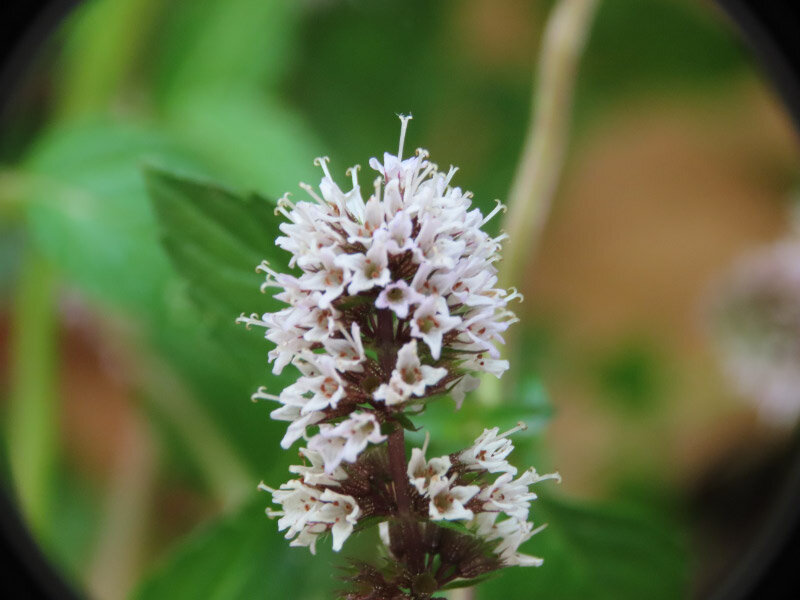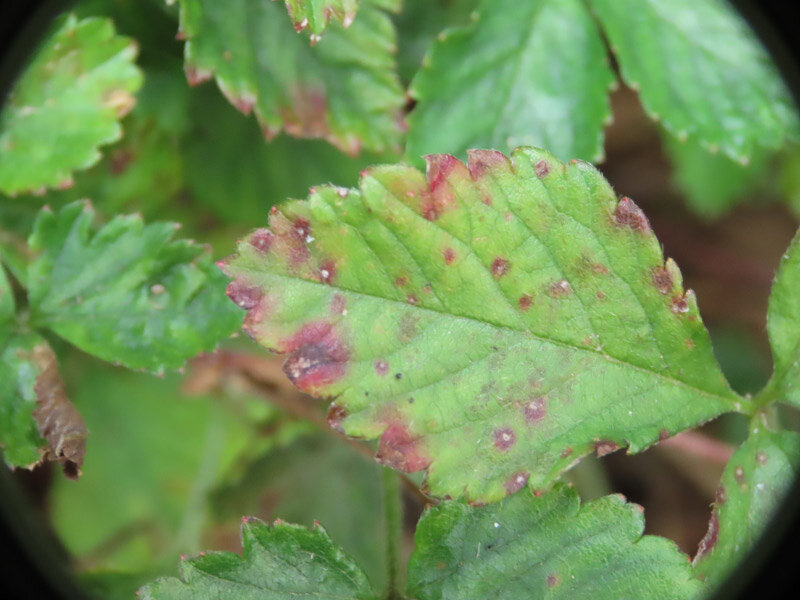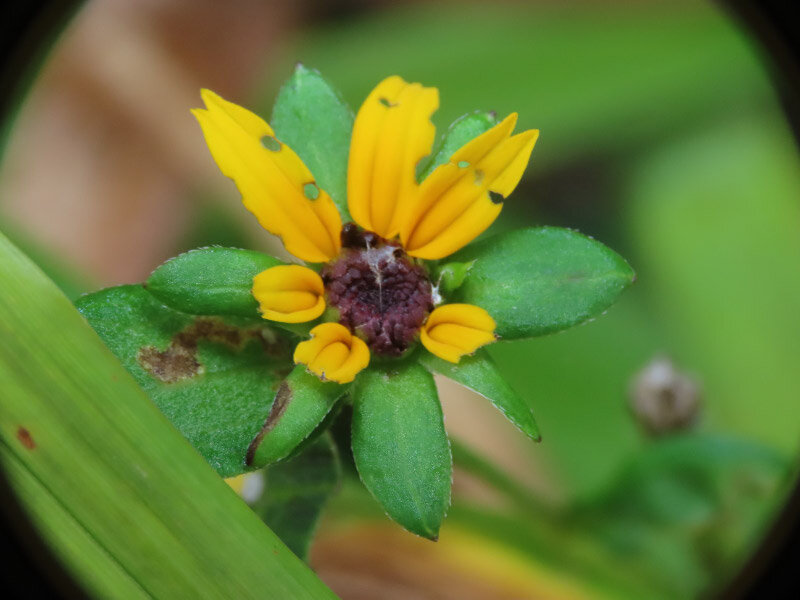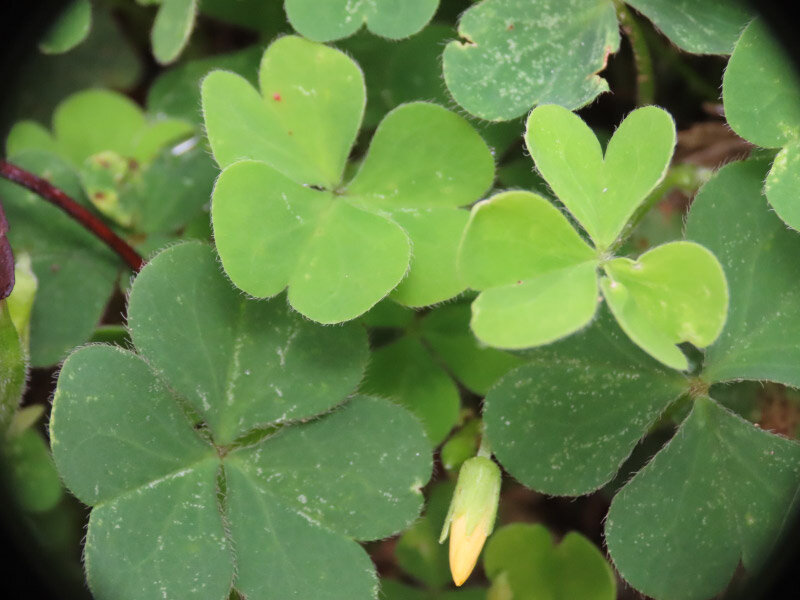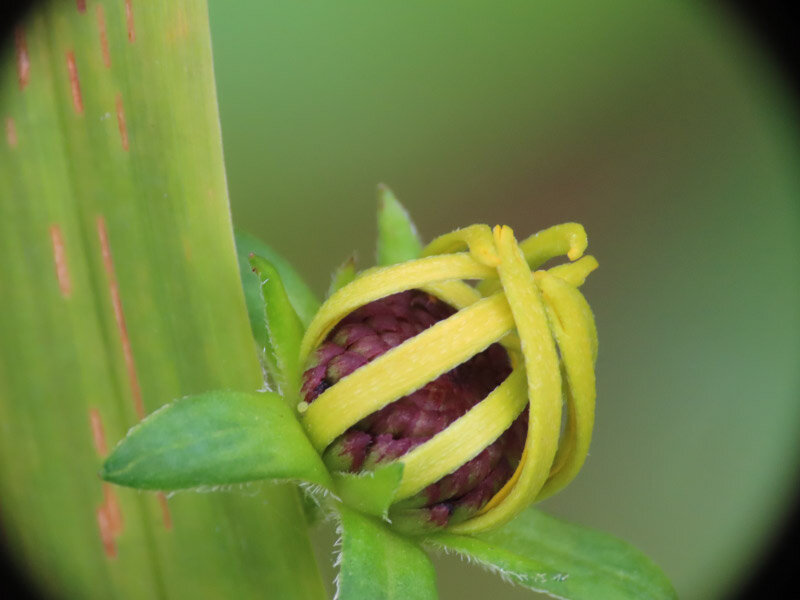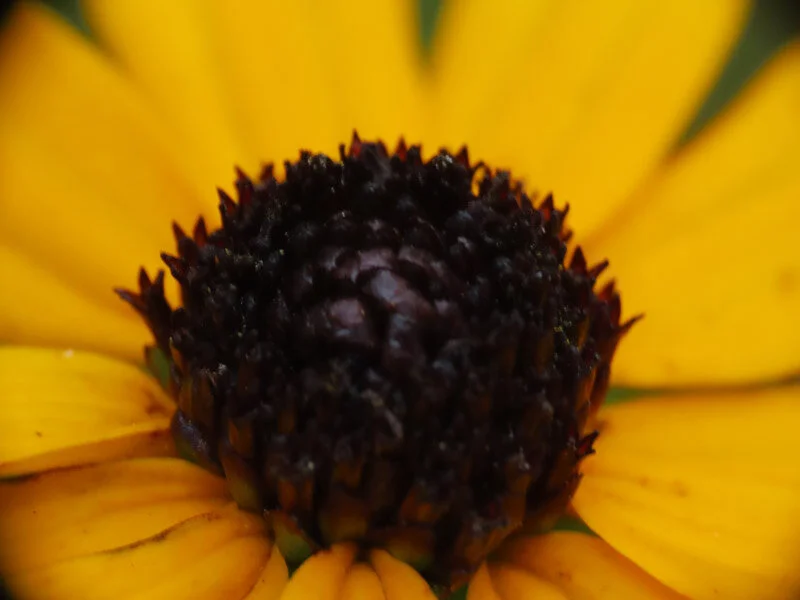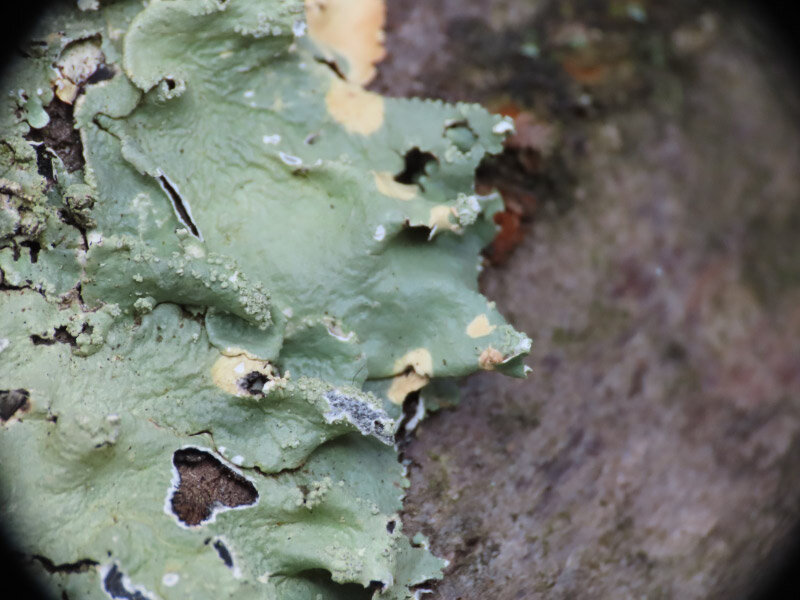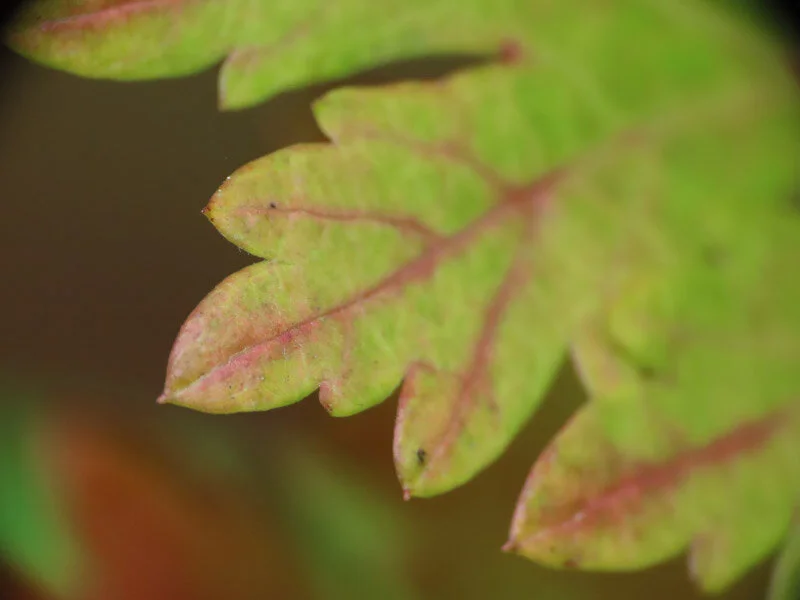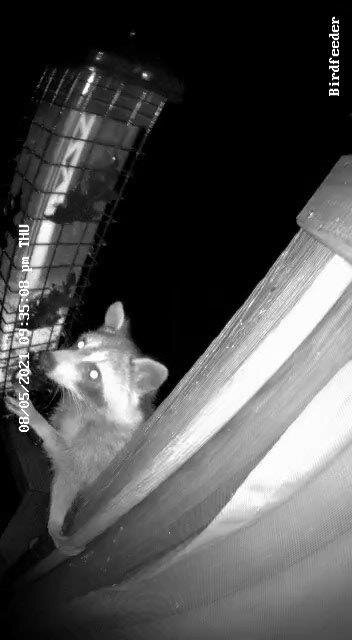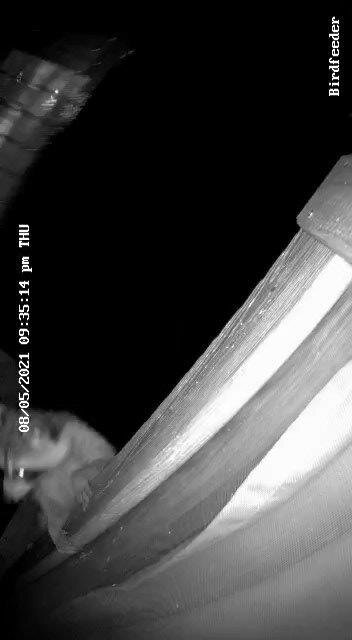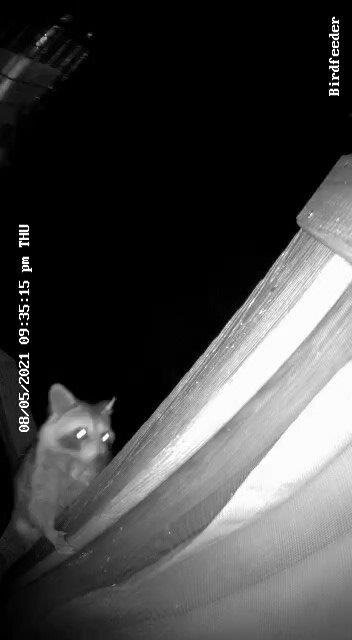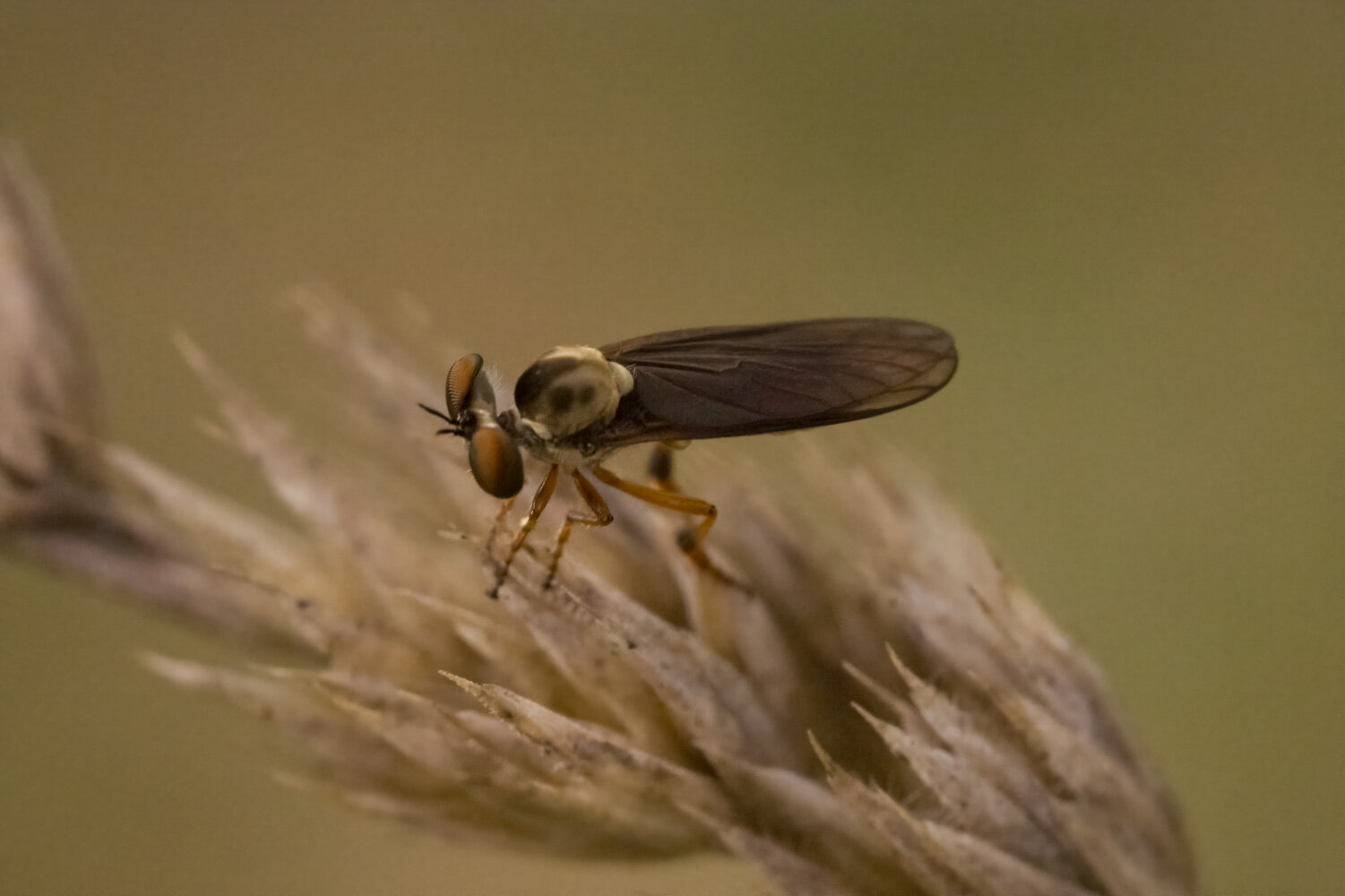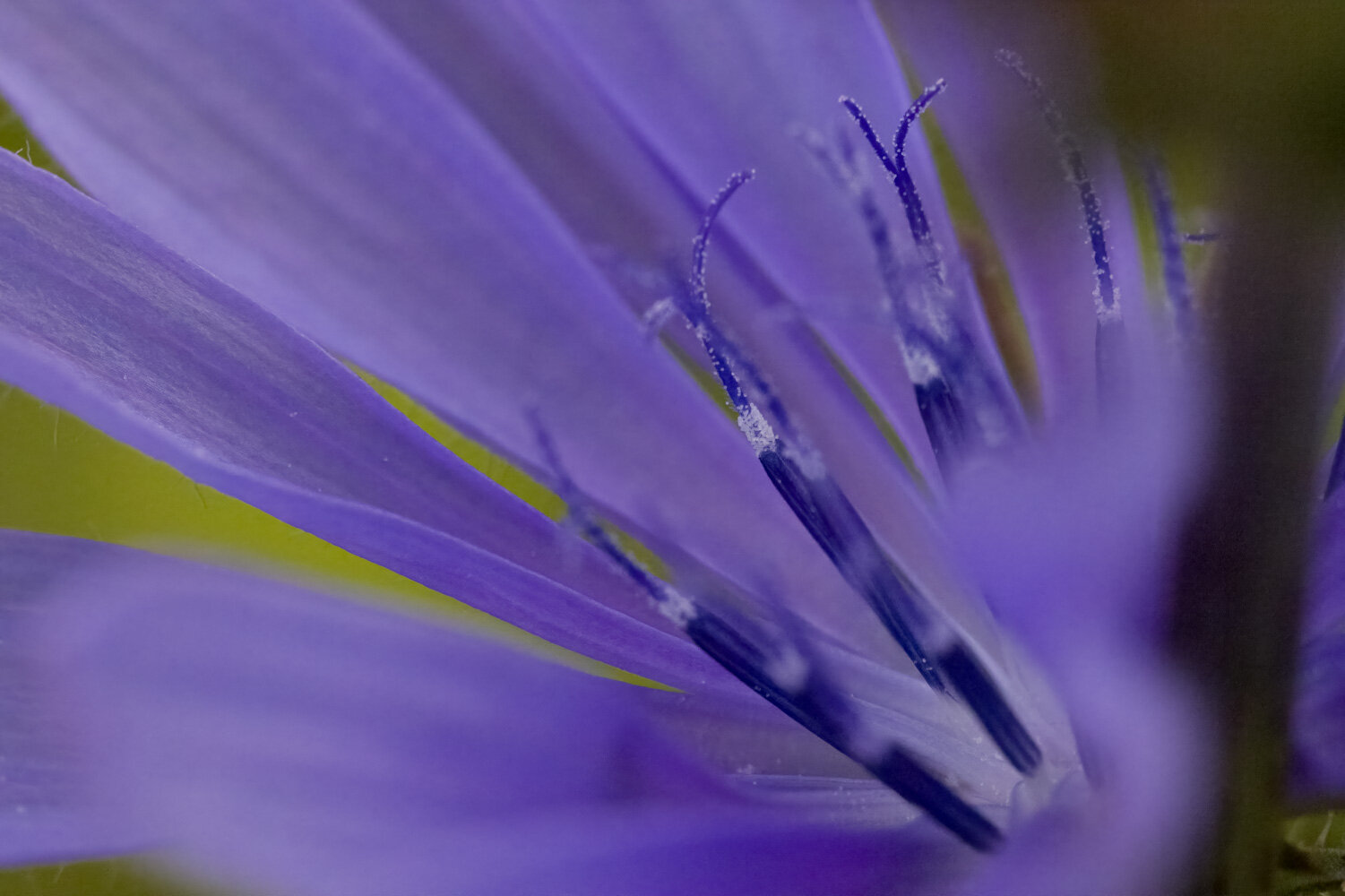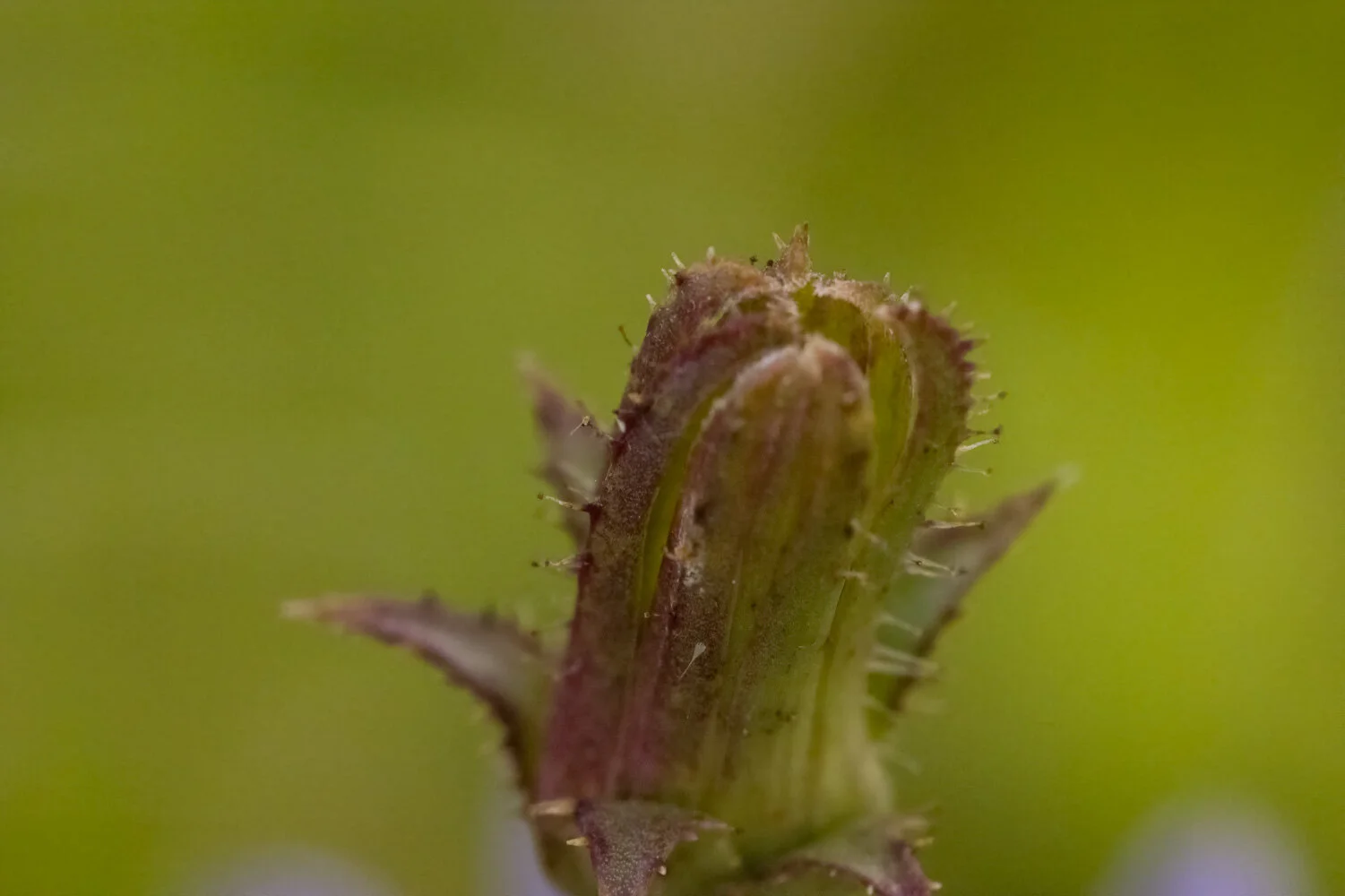Christmas depicted in Better Homes and Gardens (1951-2003)
/This summer I browsed all the Better Homes and Gardens available via Internet Archive; they are available in volumes of 6 issues each for most years from the 1950s through the early 2000s. It was fascinating to observe the changes in interior decorating, architecture, and food across the decades – and I picked up some ideas for my own home (some ideas have a timeless quality!). I picked the theme of Christmas (i.e. December issues) across the years to feature in this post. The links are for the July-December months of each year.
1950s. Pecans and walnuts were popular additions to Christmas goodies in the 1950s; perhaps they were still expensive enough to not be used throughout the year…unless you had your own trees. Evidently amaryllis bulbs and caladiums were also part of the December décor.
1960s. I have lots of memories of Christmases in the 1960s. I don’t remember every seeing a Marshmallow Men cake…but I do remember the large and small marshmallows…..and homemade luminaries. I remember artificial trees of different shapes. I am surprised that there weren’t pictures of the large colored lights on any of the trees in the pictures.
1970s. By the mid-70s, I had married and set up my own household. I made the bird pattern from the 1977 issue of my mother’s copy of Better Homes and Gardens in red and white felt with glittery red rickrack and red beads (and still have them). In the 1970s those were the colors of all the ornaments on my artificial tree (we did to a tree farm one year to cut down our own tree).
1990s. For us, the 90s included a major shift in our Christmas decorations in 1995; my daughter picked a white Christmas artificial tree for us (she was in 1st grade). Surprisingly all our ornaments still looked good on the new tree – but we did replace all our green wired lights with white wired sets. The look of the tree was very different than the dark green from before. One of my sisters made a pinecone wreath for us and I have refreshed it several times over the years. From the Better Homes and Gardens pictures – it seems the trend was toward decorations that were a little different – even though they might have some aspects from before. I wonder if the tree decorated with hearts and bows was intended to stay in place until Valentines in February.
2000s. The last of the Better Homes and Gardens available on Internet Archive are from early in the decade. We had a very similar light tree to the one in the last picture; it was frustrating that it didn’t last longer – once it broke it was trash (not recyclable at all) so we have not bought another.











